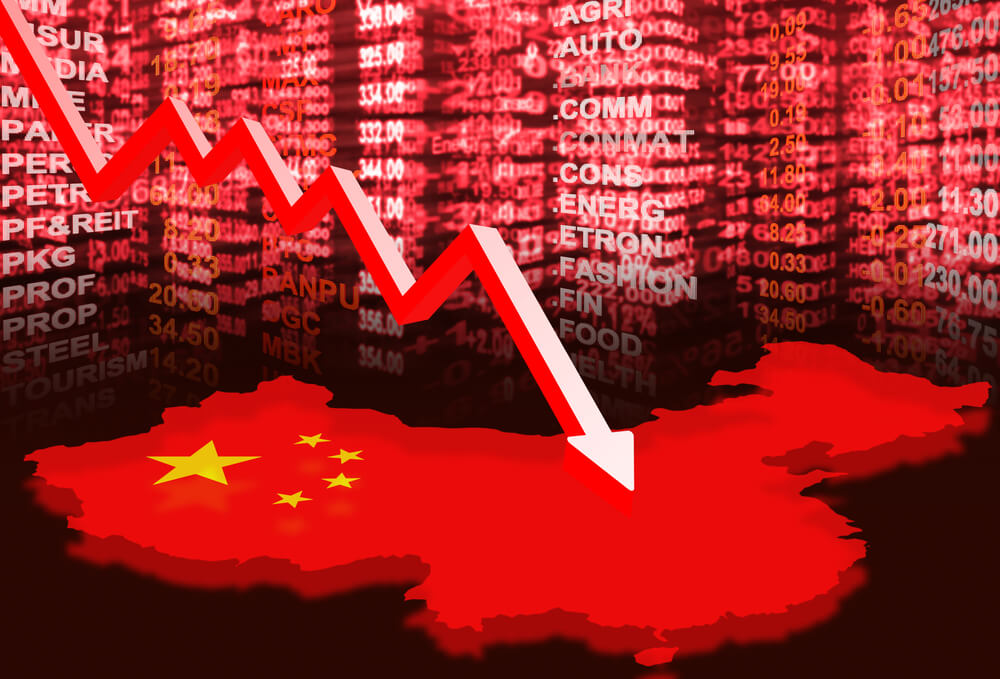China plans to slash taxes, step up spending and provide ample financing to private and small enterprises to help counter the country’s worst slowdown since the global financial crisis and the impact of a bruising trade war with the U.S.
The People’s Bank of China is confident it can keep the value of China’s currency, the yuan, steady while maintaining a stable but flexible monetary policy, Zhu Hexin, a deputy central bank governor, told reporters at a briefing Tuesday on plans for 2019 that were set by top leaders at an annual meeting in December.
The yuan, also known as the renminbi, or “people’s money,” sank to a 10-year low of 6.9756 per dollar at the end of October, coming close to breaking the level of seven to the greenback. It has strengthened since then to about 6.7580 per dollar.
A further slide in the yuan could fuel U.S. complaints about Beijing’s currency controls. It also might prompt potentially destabilizing outflows of capital, which would raise borrowing costs and hobble efforts to shore up growth.
In July-September, China’s economy expanded at a post-crisis slow annual pace of 6.5 percent despite government efforts to stem the downturn by ordering banks to lend more and by boosting spending on public works construction.
The government reported on Monday that China’s exports to the U.S. slipped in December as the delayed impact of President Donald Trump’s tariff hikes on Chinese products began to pinch demand. China’s trade surplus with the U.S. surged to a record $323.3 billion in 2018.
World markets tumbled in response, but recovered on Tuesday after the news conference in Beijing, with Hong Kong’s Hang Seng jumping 1.8 percent while the Shanghai Composite index climbed 1.2 percent.
Sales to the U.S. market had kept growing by double digits in previous months as Chinese exporters rushed to fill orders. But forecasters said American orders would slump once the full impact of Trump’s penalties hit. Global demand has also moderated.
The slump in exports adds to pressure on Beijing to resolve the dispute with Washington over Chinese technology policies. U.S. and Chinese officials ended a three-day negotiating session last week with no sign of agreements or word on what their next step would be.
The plans for 2019 outlined Tuesday included specific measures such as raising the maximum income levels for tax exempt companies and individuals and reducing the tax rate.
The government plans to begin construction of major projects and promote settlement of rural migrants in cities, slash bureaucratic and anti-competitive red tape, cut energy consumption and open more business areas to foreign investment, said Lian Weiliang, vice chairman of the National Development and Reform Commission, China’s planning agency.
“We will do our best in the spirit of getting it nailed down to ensure that the economy gets a good start in the first quarter and keep it within a reasonable range throughout the year,” Lian said.
Xu Hongcai, an assistant minister of finance, said the scale of tax reductions for the year would be about 1.3 trillion yuan ($190 billion).
“The focus is on enhancement and efficiency,” Xu said.
China’s communist leaders have been trying to guide the economy toward a more sustainable mode of growth in recent years by reducing reliance on massive investments in infrastructure and on export manufacturing and expanding the services sector and private consumption.
It’s a balancing act that requires just enough spending and access to credit to support businesses without setting off inflation and driving asset prices perilously higher.
Zhu said the central bank would keep monetary policy sound, “forward-looking, flexible and pertinent.”
It’s unclear if that will suffice to keep manufacturing on an even keel as Beijing and Washington work to resolve their trade disputes.
Trump and Chinese President Xi Jinping agreed on Dec. 1 to postpone additional tariff hikes by 90 days while they negotiated. But the penalties of up to 25 percent already imposed on billions of dollars of each other’s goods remain in place, raising the cost for American and Chinese buyers of soybeans, medical equipment and other goods.
© The Associated Press. All rights reserved.
